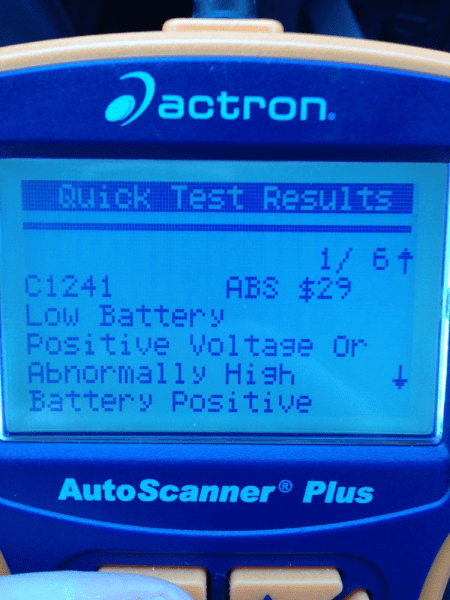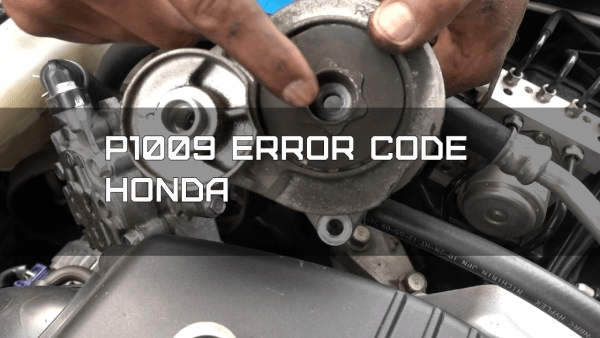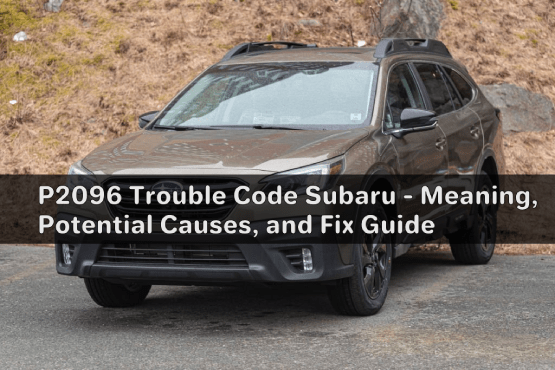The engine over temperature code (P1217) signifies that the engine’s temperature has risen above the limit set by the manufacturer. This could be brought on by a number of problems, including a broken thermostat, a faulty coolant temperature sensor, a blocked radiator, a broken water pump, or a clogged coolant route.
To prevent potential engine damage or failure, it is crucial to solve this problem right away.
Potential causes Of A P1217
Let’s check some of the most common causes of a P1217 trouble code:
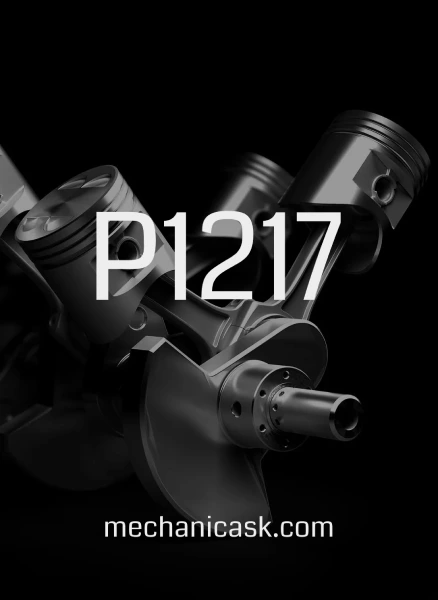
1. Faulty thermostat
Overheating can result from a broken thermostat that becomes locked in the closed position, blocking coolant flow through the engine.
2. Faulty cooling fan motor
The P1217 error code, which denotes an overheated engine, may be brought on by a malfunctioning cooling fan motor. When the car is stopped or moving slowly, the cooling fan motor is in charge of forcing air through the radiator. It assists the radiator in dissipating heat generated by the coolant flowing through the engine.
Insufficient airflow through the radiator may result from a failing cooling fan motor, especially if the car is stopped or driving at a slow speed. This may result in the engine overheating and the P1217 error code.
3. Cooling fan harness issues
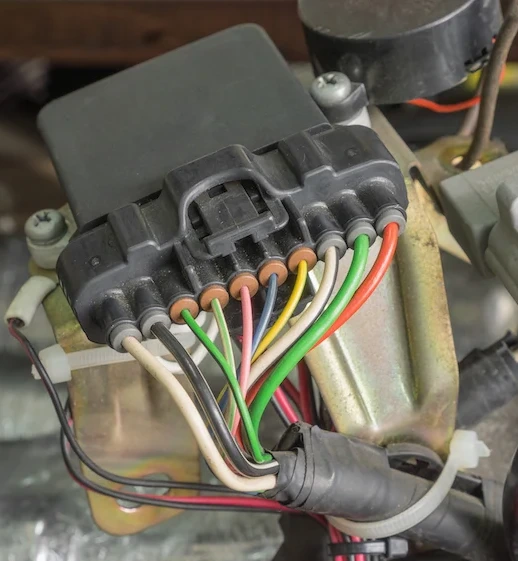
The cooling fan is given power and control signals by the cooling fan harness, a crucial part of the engine’s cooling system. The P1217 code can appear if there is an issue with the cooling fan harness, such as a broken wire or a loose or corroded connection, which can result in decreased cooling performance and overheating.
The fan may not function properly if a damaged wire prevents it from receiving power or control signals. Similar problems can result from an intermittent loss of power or signal due to a loose or corroded connection.
4. Cooling fan circuit problems
In order to effectively remove heat from the engine, the cooling fan is a crucial part of the cooling system. Reduced cooling efficiency and overheating may result from an issue with the cooling fan circuit, such as a broken fan motor, relay, or fuse, which may set off the P1217 error code. Incorrect fan motor rotation can result in decreased airflow and overheating. Similar problems may result from the fan not turning on or off properly due to a broken relay or fuse.
5. Engine Control Module (ECM) programming
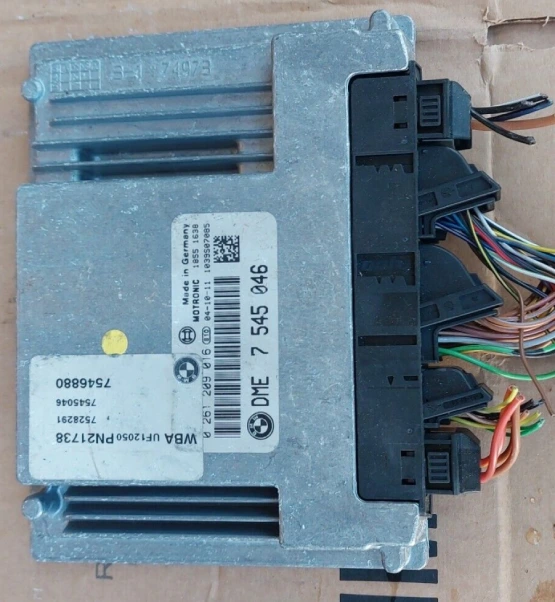
The engine control module (ECM) receives information from the coolant temperature sensor and modifies the engine’s performance accordingly. The engine may overheat if a faulty sensor sends false information to the electronic control module (ECM).
6. Leaking radiator hose
A leaking radiator hose can cause the P1217 code, which indicates an engine over-temperature condition. The radiator hose is a critical component of the engine’s cooling system that connects the radiator to the engine block and circulates coolant between them.
If a radiator hose is leaking, it can cause the coolant to escape, leading to a reduced coolant level and overheating. The P1217 code may be triggered if the engine’s temperature sensors detect that the engine is running hotter than normal due to the low coolant level caused by the leaking radiator hose.
7. Leaking or clogged radiator
Engine overheating might result from a blocked radiator that is obstructing coolant flow. Heat from the coolant flowing through the engine is dispersed by the radiator, which is a crucial part of the cooling system. Thin metal fins surround the little tubes or channels through which the hot coolant is forced as it goes into the radiator.
As the car moves, the heat from the coolant is absorbed by these fins and dissipated to the outside air. The radiator may eventually become blocked with particles including dirt, dust, leaves, and insects. As a result, the radiator may not be able to dissipate heat effectively, which could eventually cause the engine to overheat. The coolant can also become corrupted and accumulate debris inside the radiator if it is not replaced regularly, which can also cause clogs.
8. Faulty radiator cap
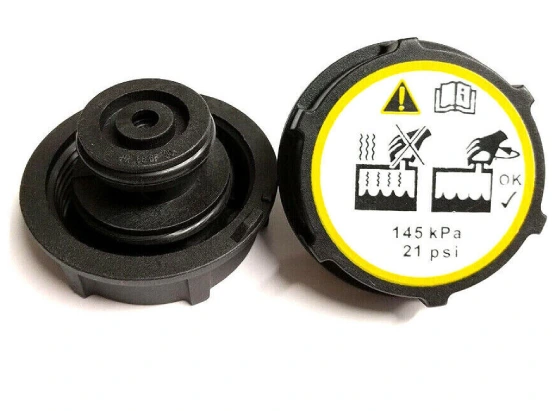
The P1217 code, which denotes an engine over-temperature condition, can be brought on by a broken radiator cap. The radiator cap, which regulates the pressure inside the cooling system, is a crucial part of the cooling system. If the radiator cap is broken, it might not keep the cooling system’s pressure at the proper level, which could result in coolant loss, overheating, and ultimately the P1217 code.
A pressure relief valve built into the radiator cap opens at a specific pressure to let coolant flow into the overflow tank. Coolant loss and engine overheating may result from a pressure relief valve that is malfunctioning or jammed open.
9. Leaking or damaged water pump
The P1217 error code, which denotes an engine overheating problem, may be brought on by a leaking or faulty water pump. The water pump, which circulates coolant around the engine to remove heat, is a crucial part of the cooling system.
The engine may not receive enough coolant flow if the water pump is leaking or damaged, which can cause overheating and the P1217 error code. A faulty water pump can result in coolant leaking out of the engine, lowering the coolant level, and overheating the engine.
Symptoms Associated with P1217 Code
1. Overheating engine
The engine control module (ECM) may be mismanaged in terms of fuel injection and ignition timing if the engine coolant temperature sensor is not operating properly. Because the ECM might not be able to adjust the engine’s performance to match the actual coolant temperature as a result, the engine would overheat.
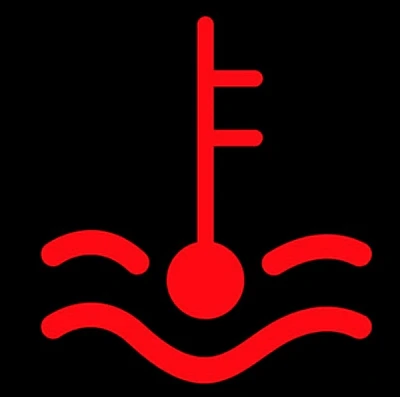
Overheating an engine can result in catastrophic damage to the engine, such as broken engine blocks, blown head gaskets, or twisted cylinder heads. The cost of repairing this kind of damage can be high, and an engine replacement may even be necessary.
2. Poor engine performance
The ECM may inject additional fuel into the engine to make up for a sensor signal that indicates the engine is cooler than it actually is. The engine may run rich as a result, which may lead to poor acceleration, diminished power, and reduced fuel efficiency. The engine may operate badly, resulting in rough idling, hesitation during acceleration, or stalling, if the sensor is producing a signal that indicates the engine is hotter than it actually is. In this case, the ECM may change the ignition timing.
3. Warning lights on dashboard
Warning lights on the dashboard are one of the P1217 code’s symptoms. The check engine light on the dashboard will come on when the engine control module (ECM) notices a problem with the engine coolant temperature sensor circuit.
4. Unusual coolant leaks or smells
The engine coolant may occasionally boil as a result of an increase in engine temperature, producing the distinctive steamy vapor and pleasant fragrance of engine coolant. A coolant leak or a malfunction with the engine coolant temperature sensor may be the cause of an oddly pleasant fragrance emanating from under a car hood.
Diagnosing the P1217 Code
- Replace the coolant system’s temperature sensor.
- Address coolant leaks; replace any damaged radiator hoses, thermostat housing, thermostat, heater hoses, water pump, head gasket, or heater core.
- Repair or replace the defective cabling connected to the coolant temperature sensor.
- The replacement of a damaged electric cooling fan or fan clutch
- Fix the cabling connected to a malfunctioning electric cooling fan.
- Execute an intensive coolant flush on the vehicle.
How to Fix the P1217 Code & Costs
- Replace faulty thermostat: The thermostat regulates the flow of coolant in the engine, ensuring that it operates at an optimal temperature. When it fails, it can get stuck in an open or closed position and cause overheating or a drop in performance. Replacing a faulty thermostat is relatively straightforward and inexpensive and can restore proper engine function.
- Repair or replace cooling fan motor: The cooling fan prevents overheating by regulating airflow through the radiator. If it fails, the engine may overheat during idling or slow driving conditions. A malfunctioning fan motor often requires replacement, although repairing damaged wiring or connections may also solve the problem.
- Fix open or shorted cooling fan harness: An open circuit occurs when electrical wiring has become disconnected, while a short circuit happens when wires touch each other unintentionally. These faults can lead to erratic cooling fan operation and result in P1217 code readings. Checking for continuity between connectors with a multimeter can help pinpoint any problems.
- Improve cooling fan circuit connections: Over time, corrosion or vibration can cause the connector pins to loosen up, damage them, or create high resistance areas that affect current flow within the circuitry involved with operating the cooling fans. Excessive heat tends to be a common issue among cars since most internal combustion engines operate at above-average temperatures for most electronic components.
- Update ECM programming: The Engine Control Module (ECM) is responsible for controlling various functions related to engine management such as fuel injection timing and torque converter lockup etc., including overall control of managing your vehicle’s generation of emissions as well as its fuel efficiency levels etcetera which relies on various sensor inputs from all around your car’s system; if this component becomes outdated its calibration may not work optimally leading to false codes like P1217 being triggered.
- Address leaking radiator hose: Radiator hoses are under pressure from the coolant system and deteriorate over time due to exposure to heat and vibration, resulting in cracks or leaks. A leaky radiator hose can cause the engine to overheat quickly, resulting in a P1217 fault code being triggered. Replacing these hoses with new ones will ensure that there are no coolant leaks.
- Repair or replace leaking or clogged radiator: The radiator is responsible for cooling the hot liquid that flows through it using the airflow from fans powered by your car’s engine or electric motor, so any clogs or leaks can lead to overheating and cause the P1217 code to be displayed on your dashboard. Radiators can become clogged through normal use due to sediment buildup over time, causing blockages that prevent proper flow of coolant through channels found inside each tube as well as ensuring they remain free from debris like leaves/dirt.
- Replace faulty radiator cap: The radiator cap helps maintain pressure in the cooling system and prevents air from entering when coolant expands during operation. If it fails to hold pressure, excess air may cause bubbles in the coolant that could lead to overheating and trigger a P1217 fault code. Replacing a faulty radiator cap is an inexpensive fix.
- Repair or replace damaged water pump: The water pump circulates coolant throughout your engine’s cooling system by moving it through its passageways before it returns back into storage components within other areas of your vehicle such as its reservoirs/tanks etcetera which help keep everything running smoothly! If you don’t replace broken pumps quickly enough then this component may fail altogether potentially leading towards costly repairs down-the-line which would’ve been avoided with prompt attention given today before things escalate too far out of control thereby identifying problems early helps everyone save money!
How serious is this code?
The severity of the P1217 code can vary depending on the underlying cause of the issue. This code indicates that the engine is overheating, which can cause serious damage to the engine and other components of the vehicle.
Can I still drive the car?
It is not advised to drive the automobile if the P1217 code indicates that the engine is overheating until the problem has been identified and fixed by a licensed mechanic. Driving with an overheated engine can seriously harm the engine and other car parts, potentially necessitating expensive repairs.
Bearings, pistons, and other internal parts of the engine may be harmed as a result of the engine oil breaking down and losing its lubricating qualities when an engine overheats. A complete engine rebuild or replacement may be required if the engine fails due to cylinder head warping or cracking brought on by overheating.
Driving with an overheated engine can be risky in addition to causing engine damage, as it may slow or fail while you’re driving, losing power and control.
Preventing Future P1217 Code Issues
Check the quality and level of the coolant in your car frequently. Instructions on how to accomplish this can be found in your owner’s handbook. The cooling system may need to be flushed and refilled if the coolant level is low or the coolant seems unclean. Follow the manufacturer’s recommended timetable when changing the coolant in your car. This occurs normally every two to three years, however it may differ depending on the brand and model of your car.
Engineering Coordinator with 5+ years of experience in the automotive manufacturing industry. Currently supporting vehicle development and new model launch activities at Honda Development and Manufacturing of America. Skilled at managing engineering teams, overseeing prototype builds, coordinating testing, and driving continuous process improvements. LinkedIn

